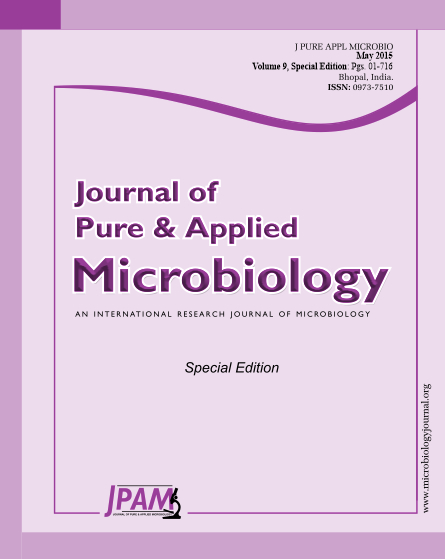Resveratrol synthase (RS) is the key and rate-limiting enzyme in resveratrol biosynthesis pathway. In this paper, the RS gene was cloned from Arachis hypogaea and was identified as an open reading frame of 1,170 bp encoding a protein of 389 amino acids. The predicted protein of RS has a calculated molecular mass of 43 kDa and an isoelectric point of 7.0. A prokaryotic expression vector containing BamH I and Sal I restriction sites, pET-30a/RS, was constructed and transformed to Escherichia coli BL21(DE3). Then the recombinant bacteria were identified by bacteria liquid PCR, enzymes digestion and sequencing. The inducible expression of the target protein, a soluble protein, was detected and analysized by SDS-PAGE and Western Blot. Finally, the object protein was purified by Ni-NTA affinity chromatography after the bacteria cells disruption. Based on current research, the overproduction and purification system for the RS developed in this study would be invaluable in future studies of the functions of RS and biosynthesis of resveratrol.
Resveratrol synthase, Arachis hypogaea, Soluble protein, Resveratrol
© The Author(s) 2015. Open Access. This article is distributed under the terms of the Creative Commons Attribution 4.0 International License which permits unrestricted use, sharing, distribution, and reproduction in any medium, provided you give appropriate credit to the original author(s) and the source, provide a link to the Creative Commons license, and indicate if changes were made.


